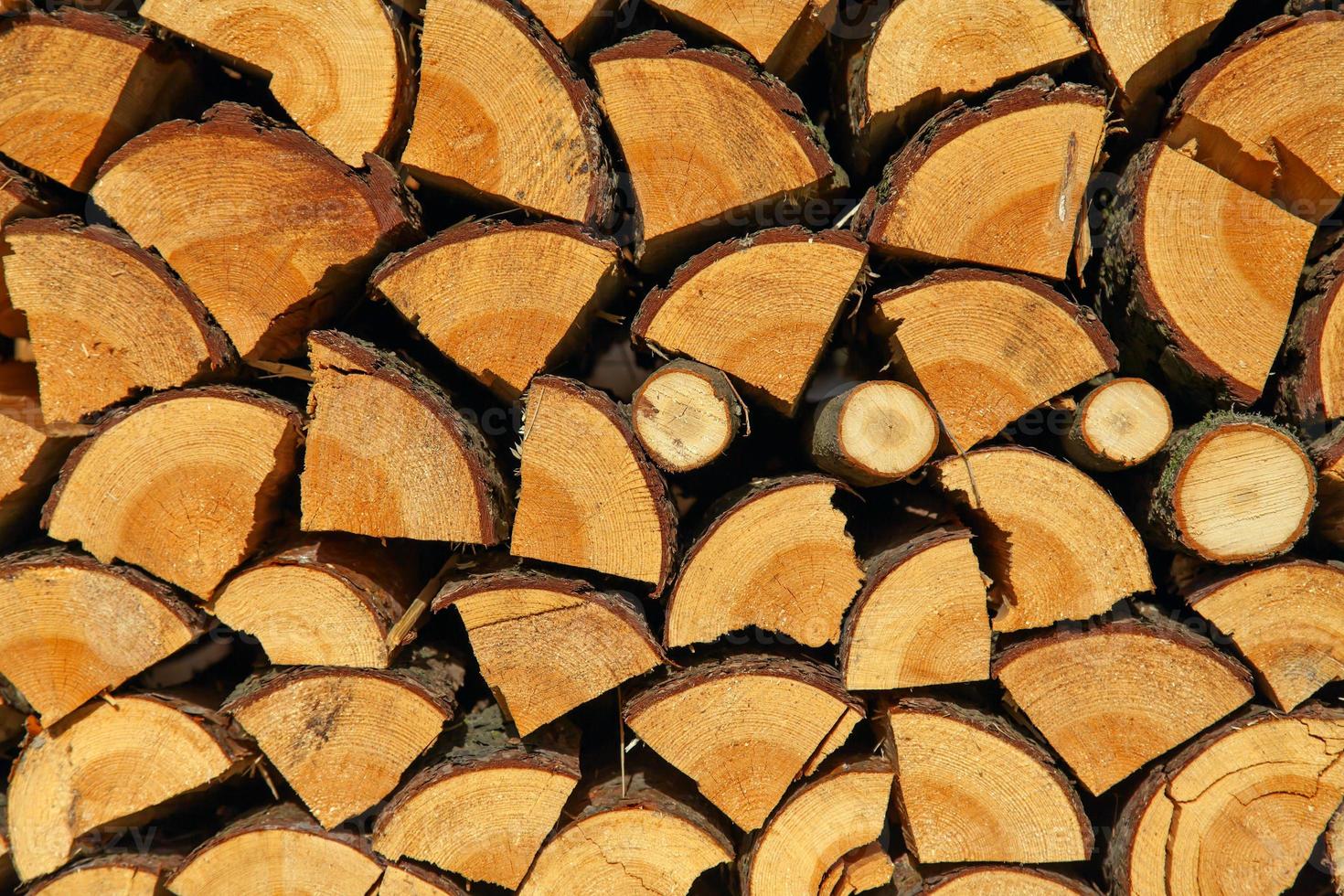In old nature, wood is grown in the forest. In the next nature, wood might be grown in a lab. Akin to the process of growing in-vitro meat, researchers in Velásquez-García’s group are looking at possible ways to grow certain plant tissues, such as wood and fibre, in a lab. The team demonstrated this concept by growing structures made of wood-like cells from a sample taken from the leaves of a zinnia plant. An opportunity to streamline the production of biomaterials, the team’s vision is similar to making Suzanne Lee’s idea of living in a sustainable material world a dream closer to reality.
Though still very early in its development stages, a possible trajectory from this research could provide a breakthrough in producing biomaterials, consequentially easing the environmental burden of forestry and agriculture. Velásquez-García proposes to rethink and bypass the inefficacies of current material production that have remained unchanged for centuries.
Findings of this research will be published in the Journal of Cleaner Production whose lead author is Ashley Beckwith, a PhD student in mechanical engineering. Beckwith’s observations are in line with Velásquez-García’s as her observations during her time spent in a farm encouraged her to pursue her idea further: “That got me thinking: Can we be more strategic about what we’re getting out of our process? Can we get more yield for our inputs?” She was inspired to find a more efficient way to use land and resources, in ways that could let more arable areas remain wild, or to remain lower production that allows for greater biodiversity. So, she brought plant production into the lab.
The wood-like plant tissue from the zinnia plant was grown indoors, without soil or sunlight. Velásquez-García sees this as an extension of his lab’s focus on micro fabrication. He likens the methodology of this process with additive manufacturing techniques like 3D printing, which in this case the plant cells do the “printing” with the aid of the controlled medium in the lab. The output, he says, is not just to tailor the properties of the material, but also to tailor the shape from conception. Far from market-ready, this technology could scale uncharted territories if proven successful in its efforts. Jeffrey Borenstein, one of the co-advisors on this research, believes that there is a ripe opportunity in this experiment as it could help solve some really significant problems in the agriculture arena.
A new way of thinking about furniture futures, growing a seemingly “normal” wooden table could be the next habitat we can find ourselves living in. More information on this research can be found here.

Share your thoughts and join the technology debate!
Be the first to comment